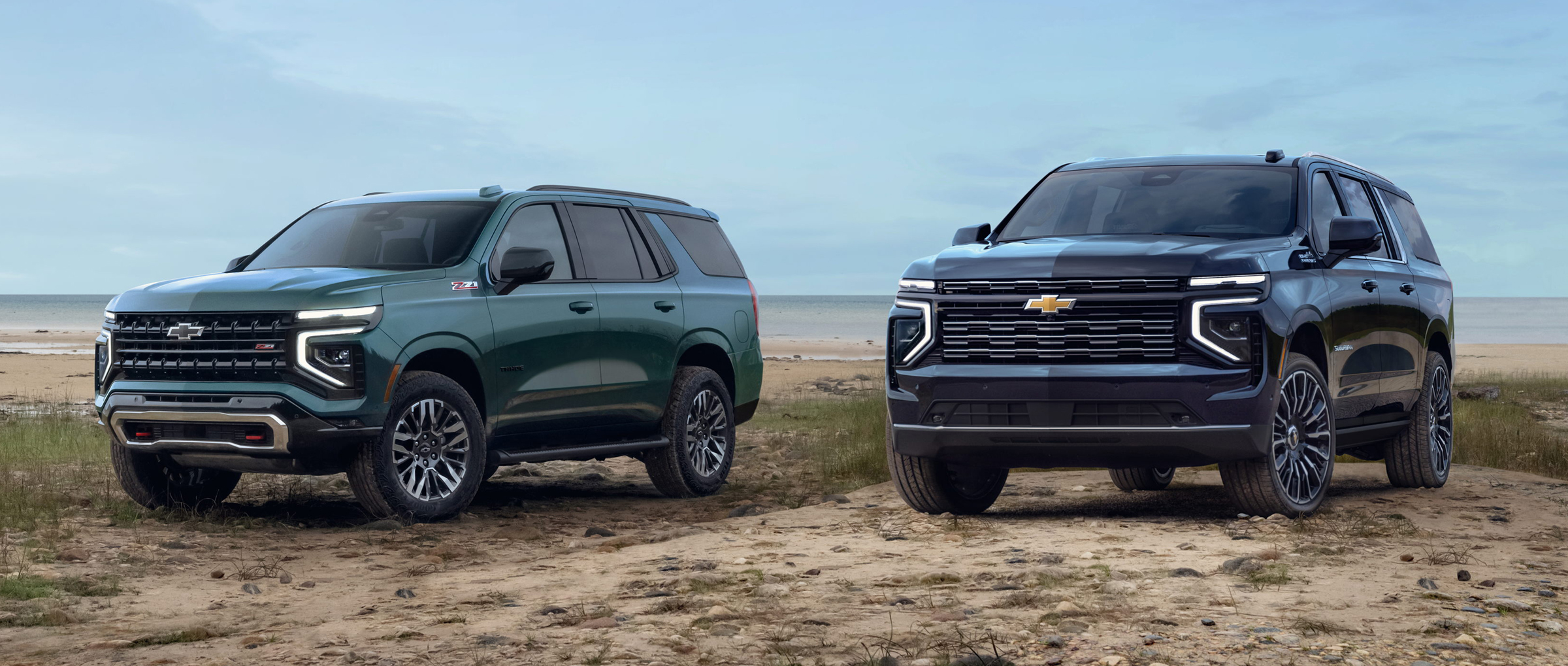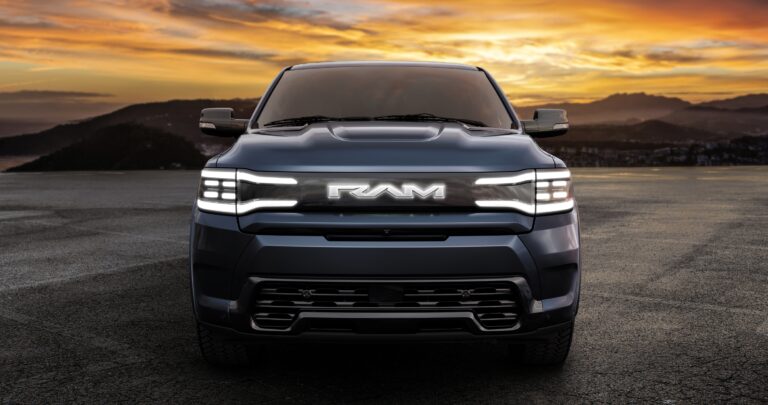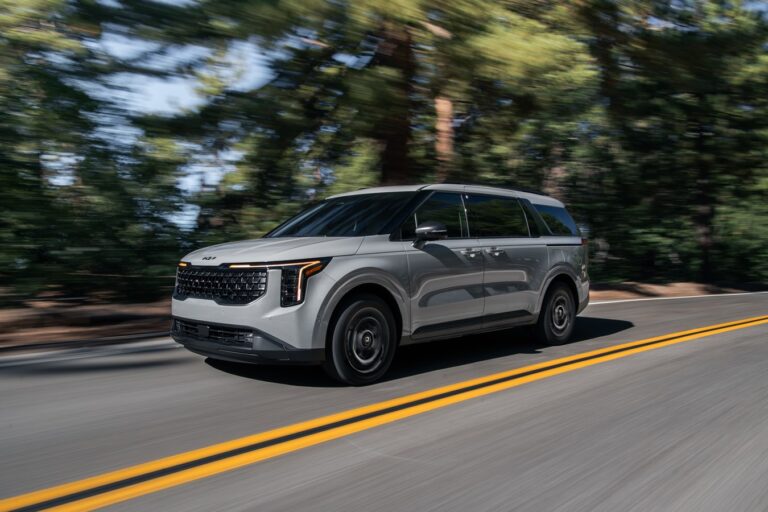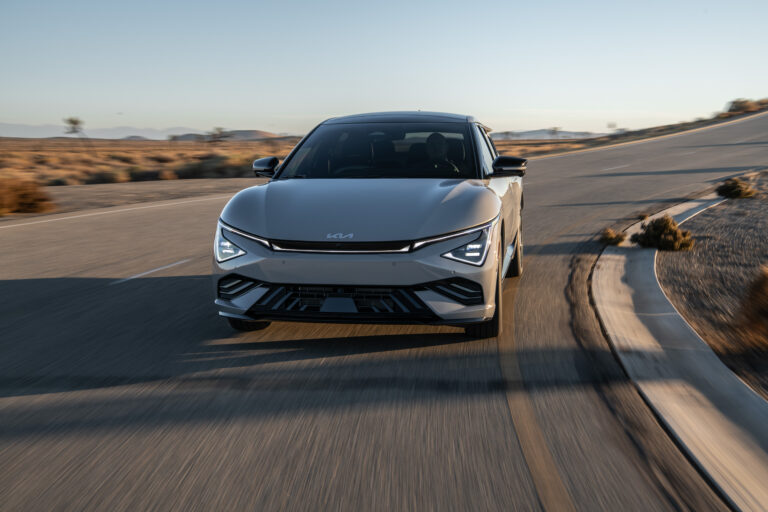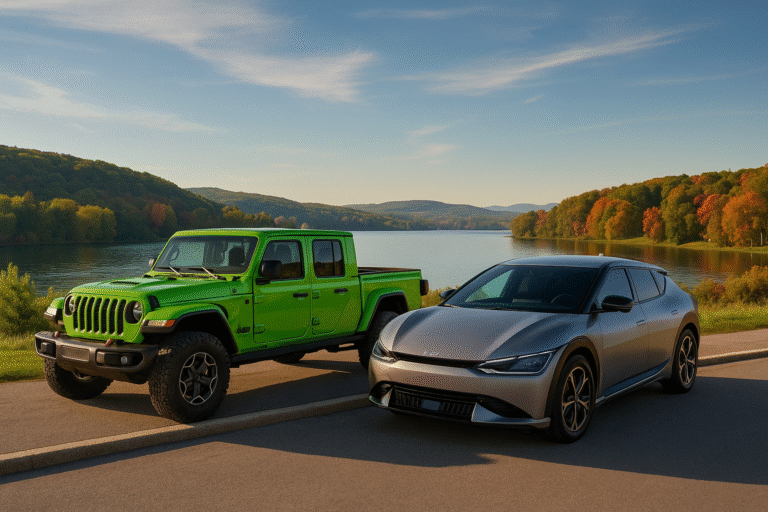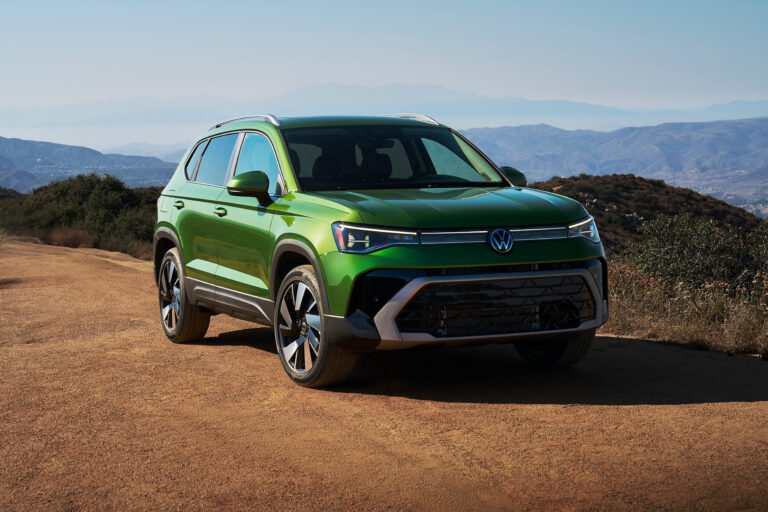Why American Cars Keep Getting Bigger
Vehicles are growing in size and weight, and not by accident. From bloated EVs to SUVs barely fitting in a parking space, here’s what’s driving the trend.
Why does this car matter right now?
The Mini Countryman is no longer “mini.” The latest version is longer, wider, and comes equipped with an all-electric drivetrain capable of 462 kilometers of range. It now boasts semi-automated driving, a panoramic roof, and enough space for your average golden retriever to stretch out in the back. It’s also emblematic of a broader trend: cars in America are bulking up faster than a bodybuilder on protein powder.
Take the 2024 Chevrolet Suburban. At 225.7 inches long, it’s less of a vehicle and more of a mobile apartment. Or the electric Hummer SUV, which is nearly 94 inches wide with mirrors—so wide it may need its own ZIP code. Even Kia’s EVs now come with 800-volt batteries that weigh half a ton.
Size, it seems, matters. And American buyers can’t get enough of it.
How does it compare to rivals?
While Europe fusses over emissions, width limits, and parking fees, American manufacturers are leaning into largesse. The average car is growing about half an inch in width every two years. Not only does this put pressure on city infrastructure, but it also puts urban planners in a chokehold.
Europe is not amused. Paris is now tripling parking fees for SUVs, citing environmental concerns and space constraints. Brussels and other cities are mulling similar restrictions. Over in the UK, a study by Which? found that 161 car models in 2023 were too big for standard parking bays, 27 of them couldn’t even fit inside a single space.
In contrast, the U.S. market continues to reward bigger footprints. Since 1975, fuel economy loopholes for light trucks and SUVs have encouraged automakers to produce larger vehicles. That regulatory decision now echoes in every oversized crossover clogging up Trader Joe’s lots.
Who is this for—and who should skip it?
Larger vehicles undeniably appeal to suburban families, pet lovers, and anyone regularly hauling people, furniture, or a Costco load. Three-row SUVs with towing capacity and all-wheel drive still dominate the family car wish list. Safety features like lane-keeping assist, adaptive cruise control, and collision mitigation also tend to debut in larger, more profitable models.
But the surge in size has consequences. For city dwellers, maneuvering a Chevy Tahoe through a Whole Foods car park is an act of spatial negotiation. Urban garages built decades ago can barely house today’s sedans, let alone lifted trucks. And while EVs promise zero emissions, their massive batteries, laden with lithium, cobalt, and nickel—come with an environmental toll that’s still being tabulated.

Weight matters too. According to Transport & Environment, the rising mass of new cars in the EU and UK contributed to a 15% increase in oil demand and CO2 emissions between 2001 and 2020. So while the air out of the tailpipe might be cleaner, the impact at the mining site often isn’t.
What’s the long-term significance?
We’re at a cultural inflection point. As cities confront congestion and climate change, the viability of supersized cars is under scrutiny. European cities are fighting back with fees, restrictions, and incentives for downsizing. Meanwhile, America seems to be doubling down on excess.

This divergence could define the next decade of automotive design. Either U.S. automakers find a way to make EVs lighter, slimmer, and more urban-friendly, or cities will start imposing their own limits. As road deaths rise in the U.S., partially due to poor visibility in larger vehicles, even safety is no longer an unquestioned justification for mass.
And let’s not forget: every time you super-size your ride, you’re also super-sizing your carbon footprint.
The Mini Countryman, now built in Germany, reflects Mini’s plans to go fully electric by 2030. But even as it electrifies, it inflates. The contradiction is hard to ignore: we’re shrinking emissions by enlarging the very machines meant to reduce them.
Until American appetite changes or regulations intervene, the vehicles on U.S. roads will likely keep growing. The only question left is: how much bigger can we get before it all collapses under its own weight?
Like what you’ve read? Stay in the driver’s seat with more insider automotive insights. Follow @NikJMiles and @TestMiles for stories that go beyond the press release.

